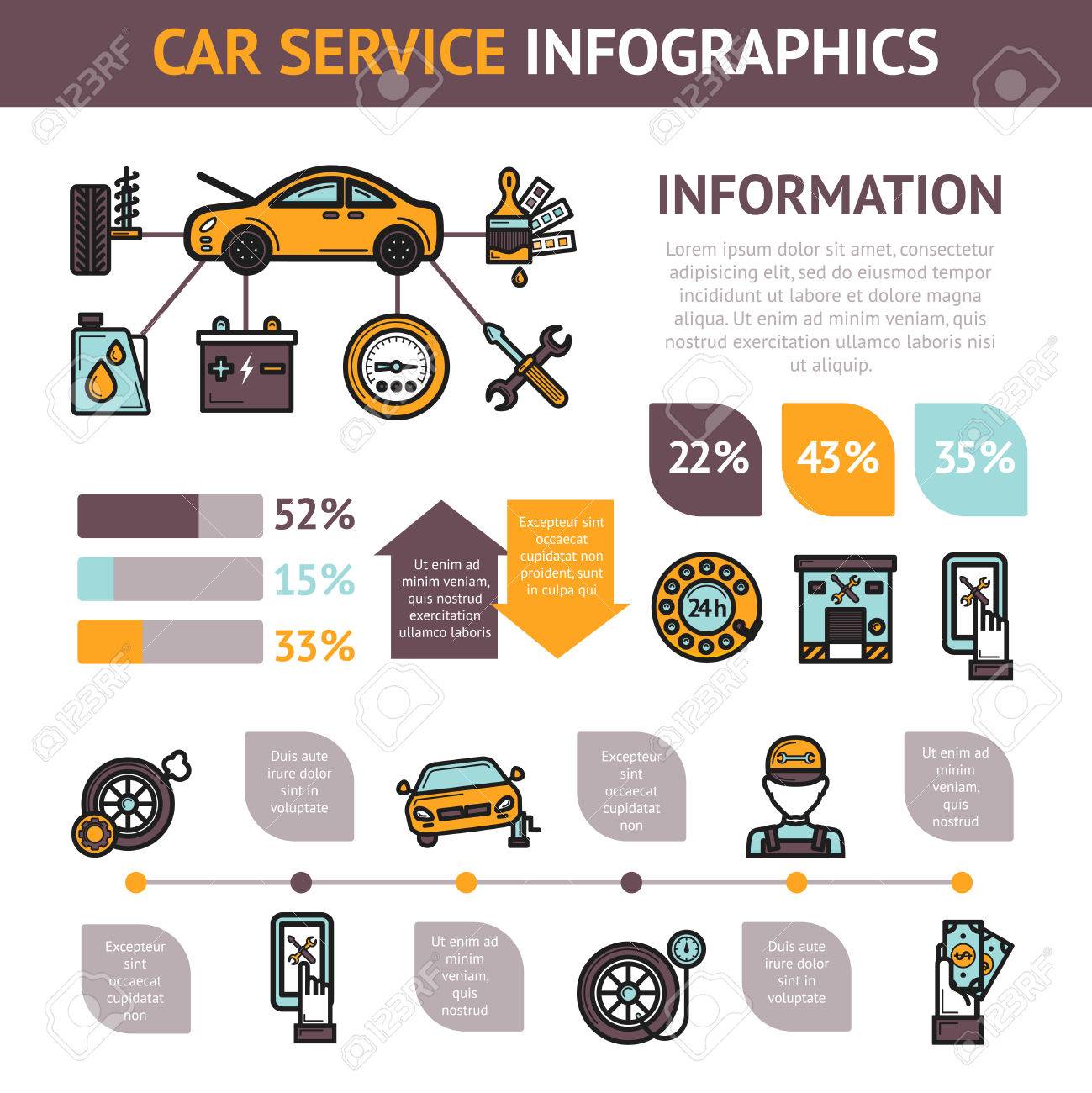Comprehending The Significance Behind Your Vehicle'S Caution Lighting: A Comprehensive Look
Comprehending The Significance Behind Your Vehicle'S Caution Lighting: A Comprehensive Look
Blog Article
Material By-Sykes Corbett
When you're behind the wheel, those glowing warning lights on your dashboard can be a bit difficult. Do you understand what they're trying to tell you regarding your automobile's wellness? Comprehending the significance of these lights is crucial for your safety and the durability of your vehicle. So, the following time one of those lights turns up, wouldn't you intend to decipher its message precisely and take the necessary actions to resolve it?
Common Warning Lights and Interpretations
Determine typical warning lights in your cars and truck and recognize their significances to guarantee risk-free driving.
The most common caution lights consist of the check engine light, which indicates problems with the engine or discharges system. If this light begins, it's vital to have your automobile examined without delay.
The oil stress cautioning light indicates reduced oil stress, calling for immediate interest to avoid engine damages.
A flashing battery light may recommend a defective charging system, potentially leaving you stranded otherwise attended to.
The tire pressure monitoring system (TPMS) light notifies you to reduced tire pressure, impacting car security and fuel performance. Disregarding autodetailing could bring about dangerous driving conditions.
The abdominal muscle light indicates a trouble with the anti-lock stopping system, endangering your capacity to quit quickly in emergencies.
Finally, the coolant temperature level cautioning light warns of engine overheating, which can result in serious damage otherwise settled quickly.
Comprehending these common warning lights will aid you attend to problems quickly and preserve risk-free driving problems.
Value of Prompt Focus
Understanding the typical caution lights in your car is just the very first step; the value of promptly attending to these warnings can't be emphasized enough to ensure your safety when driving.
When a warning light illuminates on your control panel, it's your car's method of interacting a prospective concern that requires attention. Disregarding car restoration nz can lead to more serious issues in the future, compromising your safety and potentially costing you much more out of commission.
Prompt interest to cautioning lights can prevent breakdowns and accidents. For ocd detailing , a flashing check engine light could indicate a misfire that, if left neglected, might trigger damages to the catalytic converter. Addressing this without delay can save you from an expensive fixing.
Likewise, a brake system alerting light might signify reduced brake fluid or used brake pads, crucial components for your security when driving.
DIY Troubleshooting Tips
If you notice a caution light on your control panel, there are a couple of do it yourself troubleshooting pointers you can try before seeking professional help.
The initial step is to consult your car's guidebook to comprehend what the particular caution light suggests. Sometimes the issue can be as easy as a loosened gas cap causing the check engine light. Tightening the gas cap may settle the trouble.
One more common problem is a low battery, which can cause numerous warning lights. Inspecting the battery connections for rust and ensuring they're safe could repair the issue.
If a warning light lingers, you can try resetting it by disconnecting the auto's battery for a few minutes and after that reconnecting it. Additionally, examining your car's liquid degrees, such as oil, coolant, and brake fluid, can assist repair advising lights connected to these systems.
Verdict
In conclusion, understanding your vehicle's warning lights is essential for keeping your vehicle running smoothly and securely. By immediately addressing these signals and recognizing what they mean, you can prevent pricey fixings and possible breakdowns.
Remember to consult look here for specific information on each advising light and do something about it appropriately to ensure a trouble-free driving experience.
Remain notified, remain secure when traveling!
